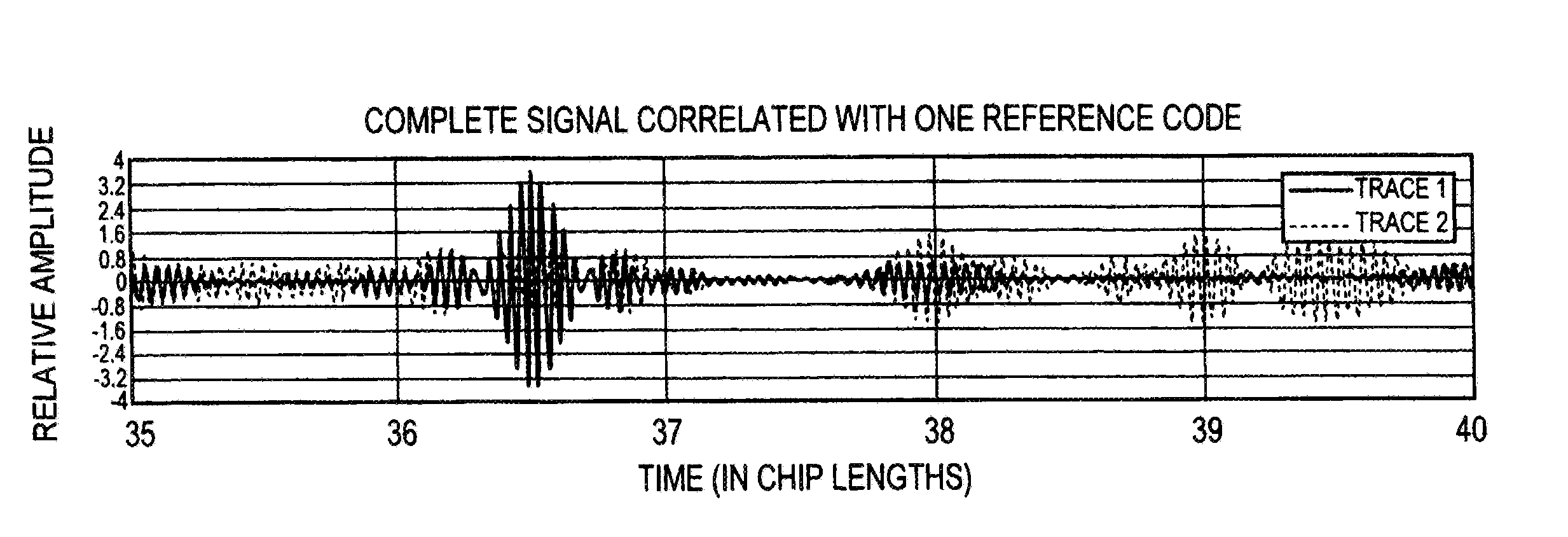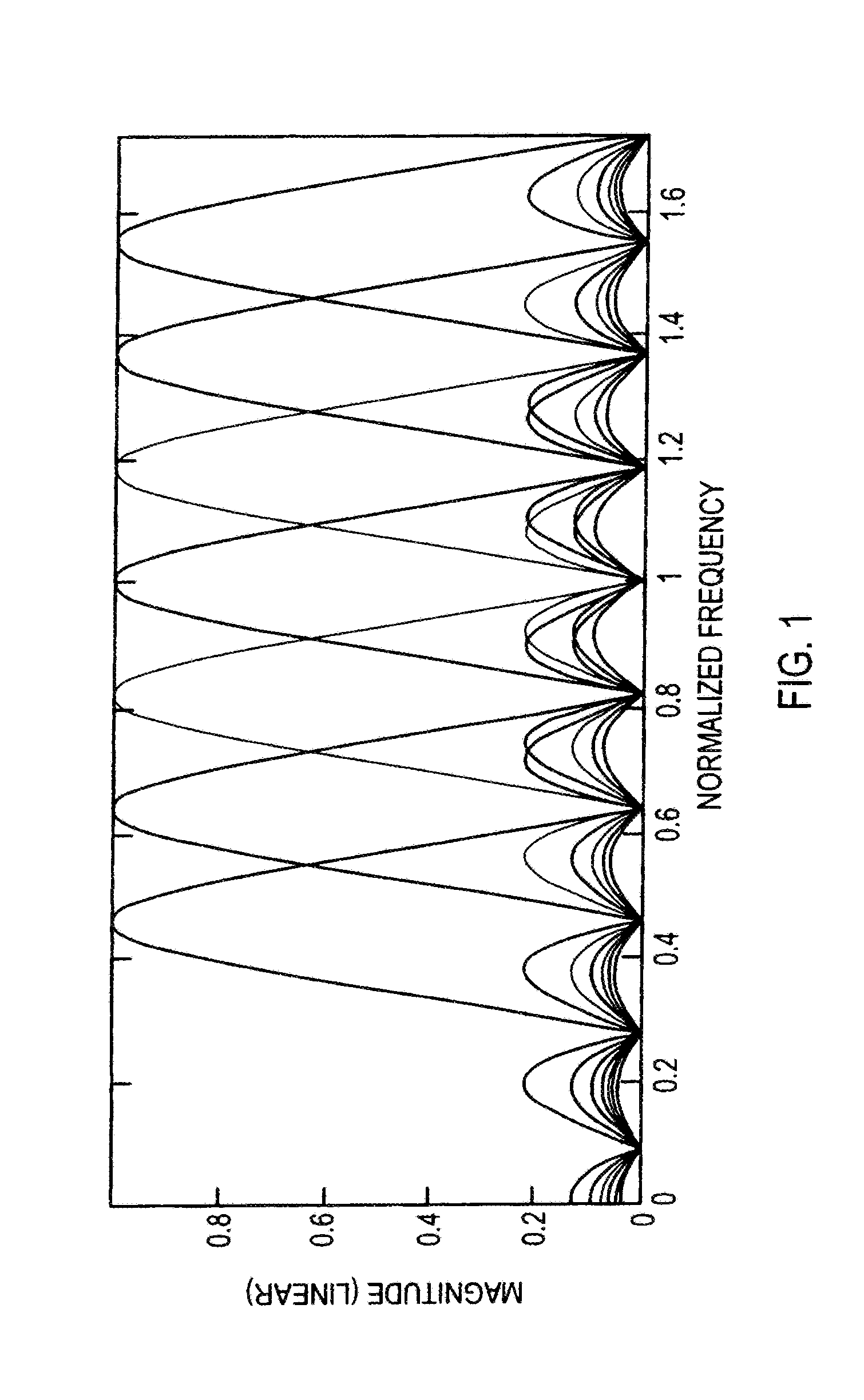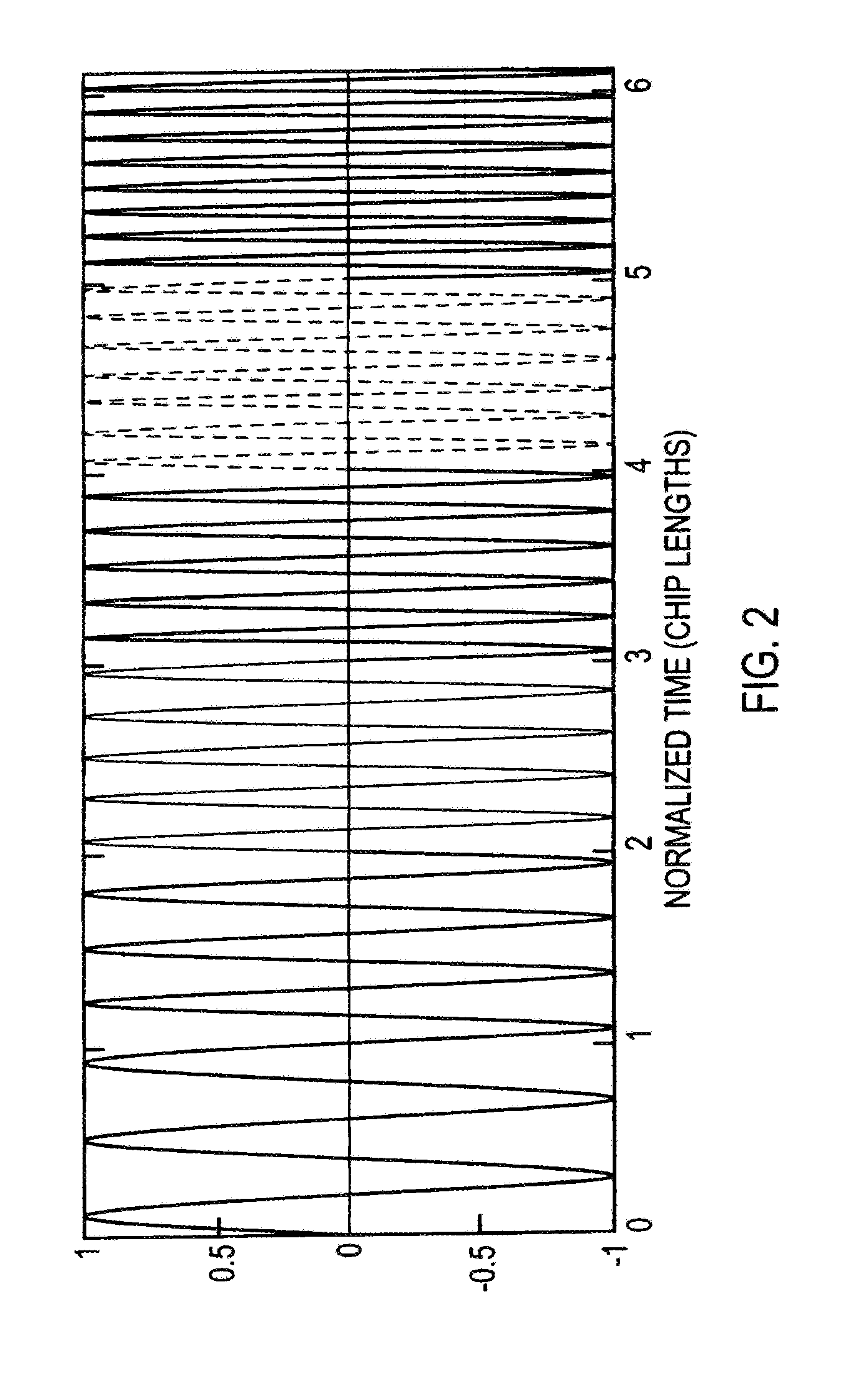Surface Acoustic Wave Coding for Orthogonal Frequency Coded Devices
a surface acoustic wave and orthogonal frequency technology, applied in the field of orthogonal frequency coding and surface acoustic wave devices, can solve the problems of code collision, code collision, false identification or parameter extraction, etc., and achieve the effect of reducing the number of code collisions and reducing the number of false identifications or parameter extractions
- Summary
- Abstract
- Description
- Claims
- Application Information
AI Technical Summary
Benefits of technology
Problems solved by technology
Method used
Image
Examples
Embodiment Construction
[0053]Before explaining the disclosed embodiments of the present invention in detail it is to be understood that the invention is not limited in its application to the details of the particular arrangements shown since the invention is capable of other embodiments. Also, the terminology used herein is for the purpose of description and not of limitation.
[0054]It would be useful to review orthogonal frequency before discussing the method, system apparatus and device for using orthogonal frequency coding of the present invention. Orthogonal frequencies are used to spread the signal bandwidth. The orthogonality condition describes a relationship between the local chip frequencies and their bandwidths. As an example, consider the stepped linear chirp shown in FIG. 1. Seven coherent carriers are used to generate the signal shown. Each chip contains an integer number of carrier half cycles due to the orthogonality condition. Under these conditions, the resulting waveform is continuous. Th...
PUM
 Login to View More
Login to View More Abstract
Description
Claims
Application Information
 Login to View More
Login to View More - R&D
- Intellectual Property
- Life Sciences
- Materials
- Tech Scout
- Unparalleled Data Quality
- Higher Quality Content
- 60% Fewer Hallucinations
Browse by: Latest US Patents, China's latest patents, Technical Efficacy Thesaurus, Application Domain, Technology Topic, Popular Technical Reports.
© 2025 PatSnap. All rights reserved.Legal|Privacy policy|Modern Slavery Act Transparency Statement|Sitemap|About US| Contact US: help@patsnap.com



